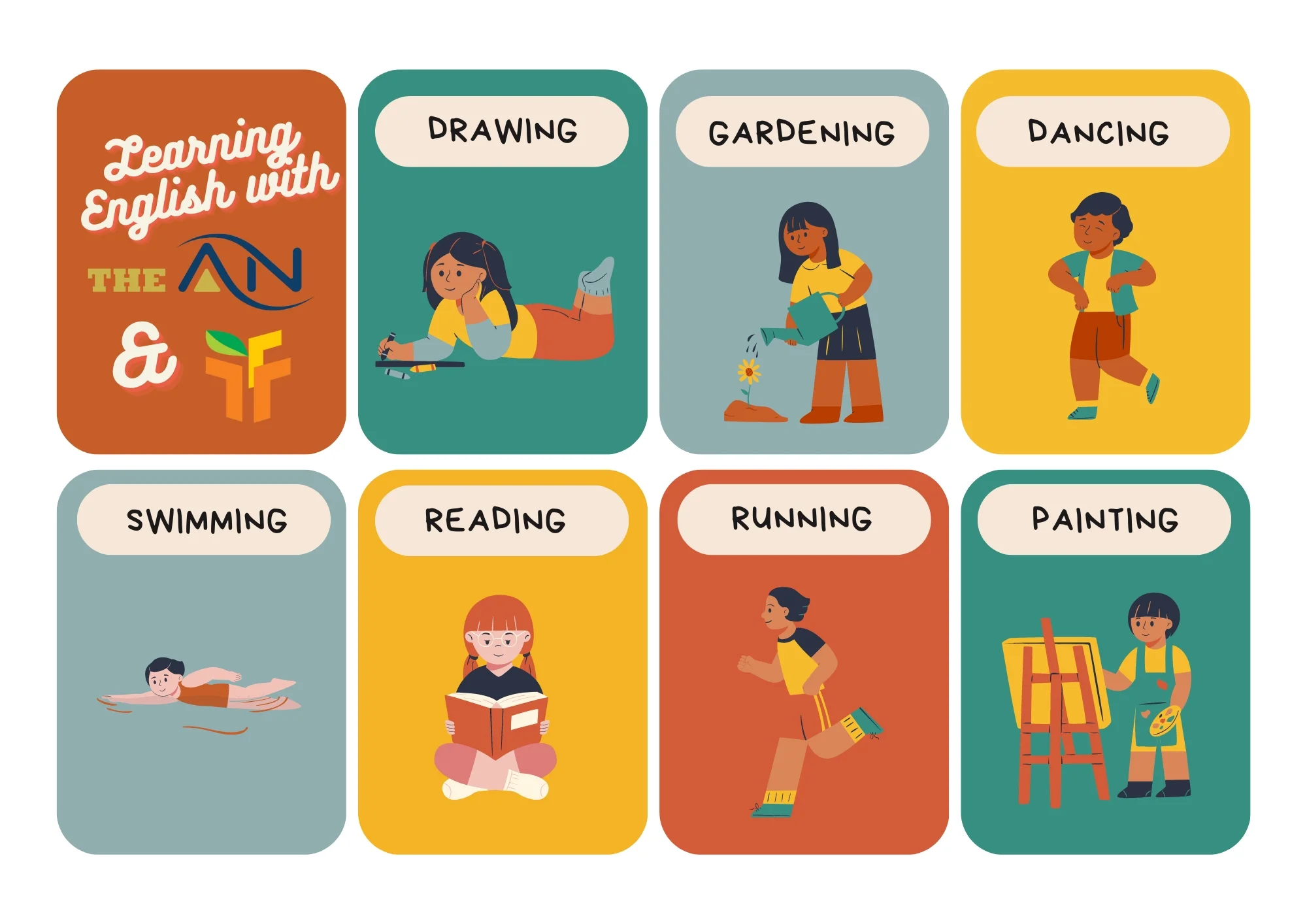Compound Sentences : Definition, Structure with Examples

To improve your grammar it is necessary to understand compound sentences and their components to use them correctly. Learning compound sentences consists of two or more independent clauses joined together by coordinating conjunctions or punctuation marks. In this article, we will explore What is a compound sentence? Its examples, structure, difference, and so on.
Table of Content
- What is a Compound Sentence?
- Examples of Compound Sentences
- Structure of Compound Sentence
- Simple Vs Compound Sentences
- Compound vs. Complex Sentences
- How to Identify a Compound Sentence
- Commas and Punctuation in Compound Sentences
- Examples of the Compound Sentences in English
- Conclusion – Compound Sentence
- Practice Questions on Compound sentence
- FAQs on Compound Sentences
What is a Compound Sentence?
Compound sentences are sentences that contain more than one independent clause and are connected correctly by using either a semicolon or a comma followed by a conjunction. To be considered a compound sentence, a sentence must include at least two different subject and verb combinations that are joined together as independent English grammar clauses. While beginning writers are initially instructed on how to construct simple phrases, they will eventually come to understand that compound sentences are the only way for them to add additional information to their writing, which is what makes the content as a whole more interesting to read. Initially, beginning writers are taught how to construct simple sentences.
Definition of Compound Sentence
A compound sentence is a type of sentence that consists of two or more independent clauses. Compound Sentences allow us to express a more complex idea by connecting pieces of information. A compound sentence is a sentence that is constructed to make writing more intriguing and appealing to the reader.
Examples of Compound Sentences
- She bought me a shirt, but I didn’t like its shade.
- I went to the office and completed my lunch.
- Rita has returned to Bangalore, so I didn’t meet her.
- She can jump that high– I’ve seen her do it.
Structure of Compound Sentence
In order to be considered a compound sentence, a sentence must contain at least two independent clauses that are connected to one another in one of the following ways:
- a comma that comes after coordinating conjunction in written language
- a semicolon
A clause is considered to be independent when it can stand on its own, conveys meaning without the need for additional explanation, and includes both a subject and a verb in its construction. Consider the following example when looking at the sentence:
Jimmy studies at Michigan State University.
In this example:
- Jimmy = subject.
- studies = verb.
The clause makes clear sense by itself. No more information is needed for the readers. As a result, this expression constitutes its own distinct clause.
A sentence is considered to be compound when it has two or more separate clauses that can be distinguished in this manner inside the same sentence. Compound sentences are formed by connecting two separate clauses with a comma and a conjunction that matches them. This is the most common approach to building compound sentences.
Some Common Coordinating Conjunctions List
- For (“because” or denotes cause)
- And (addition or further details)
- Nor (gives further negation to the previous clause)
- But (contradiction)
- Or (presents choice)
- Yet
- So
Simple Vs Compound Sentences
A combination of words that together express an entire notion is referred to as a sentence. Based on their construction, sentences can be classified into one of four categories. There are also compound sentences, complex sentences, and compound-complex sentences. Simple sentences are the simplest form.
We are going to compare and contrast simple sentences with compound sentences during the course of this post. A set of words that only includes one independent clause can be described as having a basic sentence structure. A combination of words that includes at least two independent clauses can be referred to as a compound sentence. The primary distinction between simple and compound sentences is the number of clauses included in the construction of the latter. A simple sentence will only include one clause, while a compound sentence will include two or more.
Compound vs. Complex Sentences
A compound sentence must contain at least two clauses that can stand alone. A complicated sentence consists of exactly one independent clause and at least one dependent clause. Independent clauses cannot be combined.
A complex sentence always has at least one phrase that is independent of the others and at least one clause that is reliant on the others. For instance, the phrase “Ella got a new dog, and she’s going to bring it on Saturday” is a compound phrase. This is due to the fact that the phrases “Ella got a new dog” and “she’s going to bring it on Saturday” are independent clauses.
For instance, the phrase “Before she went to the lake, Ella acquired a new dog,” which is a complex phrase since the phrase “before she went to the lake” is a dependent clause, which means that the sentence only has one independent clause as opposed to two independent clauses.
How to Identify a Compound Sentence?
A sentence is considered to be compound when it consists of at least two independent clauses however it does not contain any dependent clauses. You will have an easier time understanding complex sentences if you look at instances of them, and the following are the requirements for each of the basic sentence types:
- One free clause embedded in a straightforward statement
- At least two independent clauses plus no dependent clauses are required for the construction of a compound sentence.
- At least one independent clause along with a dependent clause must be present in a complex sentence.
- At least two independent clauses as well as one dependent clause are required for a sentence to be considered compound-complex.
- Compound phrases provide your writing with the potential to become more colorful and interesting. In the beginning, beginning writers focus on learning how to put together simple words, but as they gain experience, they learn to combine these phrases into increasingly complex sentences.
Commas and Punctuation in Compound Sentences
Coordinating conjunction as well as a comma are the two elements that are most frequently utilized in the process of linking two independent clauses within a compound phrase. For, and, nor, but, or, yet, and so are the seven conjunctions that are used to coordinate sentences. (The acronym FANBOYS is often used to help remember them.) You are required to place a comma immediately prior to the conjunction any time you employ one of those conjunctions to bind the clauses together.
Examples of the Compound Sentences in English
- Justin was out of sugar, so he went to the nearby store.
- She wants to lose weight, yet she eats junk every day.
- Shaun is very intelligent, and he studies too much.
- We wanted to go to France, but Ray wanted to explore Asia.
- John spent all his savings, so he cannot travel to Europe with us.
Conclusion
As was demonstrated by the examples that were mentioned before, using compound sentences is highly basic when it comes to the process of generating content. Compound sentences are wonderful because they enable you to include additional information in your writing, which, in turn, makes your writing more interesting and engaging for the people who are reading it.
Compound Sentence- FAQs
Recognize the type of sentences given below
- I called you multiple times, but you didn’t answer.
- I wanted to go to Germany, but when I saw how expensive the entire trip was, I knew I could not afford it.
- We go to the movies every Friday evening.
- Whenever we visit the store, they are always out of our favorite candies.
- When I forgot to submit my assignment, Mr. Buno was really mad, and I thought I’d get detention.
- Winter is my favorite season of the year; I really love spending all evenings around a campfire.
Answers
- compound
- compound-complex
- simple
- Complex
- compound-complex
- compound
Compound Sentences- FAQs
A compound sentence is made up of a minimum of two separate clauses that are brought together by a coordinating conjunction as well as a comma. This structure is also known as the FANBOYS. (for, and, nor, but, or, yet, so). In addition, you can tie independent sentences together by using a comma, a conjunction adverb, and a semicolon. Either of these options is acceptable.
A compound sentence is a sentence that is composed of two or more independent clauses (IC), often known as simple sentences: It is possible to combine two independent clauses into one compound sentence in one of three ways: by using a coordinating conjunction (such as “one of the fanboys”), by using a semicolon, or by using a semicolon along with a transitional expression.
There must be at least two independent clauses in order for there to be a compound sentence. Either a comma as well as a coordinating conjunction or a semicolon can be used to integrate these two separate clauses into one complete thought.
- Ryan didn’t cheat on the test because he knew it was wrong to do so.
- We must leave for work urgently, but there is too much traffic to drive.
- Even though I am on a strict diet, I really want to eat ice cream.
- They reached the theater early and occupied very comfortable seats.
A compound sentence is a sentence that consists of two or more independent clauses (complete sentences) joined together by coordinating conjunctions (such as “and,” “but,” “or”) or semicolons. Here are five examples:
- She wanted to go to the beach, but the weather was too cold.
- I finished my work early, so I decided to take a long lunch break.
- He studied diligently for the exam, and he passed with flying colors.
- They went to the store to buy some groceries, but they forgot their shopping list.
- She loves to read novels, so she spends a lot of time at the library.
In each of these examples, two independent clauses are connected to form a compound sentence, providing additional information or contrasting ideas within a single sentence.
A compound sentence and a simple sentence are two different types of sentence structures in English.
Simple Sentence:
A simple sentence, also known as an independent clause, consists of a single subject and a single verb. It expresses a complete thought on its own and doesn’t require additional clauses or elements to make sense. For example:
– “She sings beautifully.”
– “I like ice cream.”
In these examples, each sentence is a complete thought with one subject and one verb.
Compound Sentence:
A compound sentence is more complex. It consists of two or more independent clauses (simple sentences) joined together by coordinating conjunctions (e.g., “and,” “but,” “or”) or by a semicolon (;). A compound sentence combines multiple ideas or thoughts into a single sentence. For example:
– “She sings beautifully, and she plays the piano.”
– “I like ice cream, but I’m lactose intolerant.”
In these examples, two independent clauses are connected to form compound sentences. Each clause could stand alone as a simple sentence if separated.
Quý anh/chị đang tìm kiếm một doanh nghiệp uy tín cung cấp dịch vụ Công Nghệ Thông Tin như Thiết kế và lập trình website, Digital Marketing, hoặc dịch vụ Bảo trì và chăm sóc hệ thống máy tính, ...? Đừng ngần ngại hãy liên hệ với The ÂN qua số điện thoại (+84).326.418.478 để được tư vấn cụ thể, hoặc liên hệ qua mẫu tin.
Các thông tin nổi bật khác:









